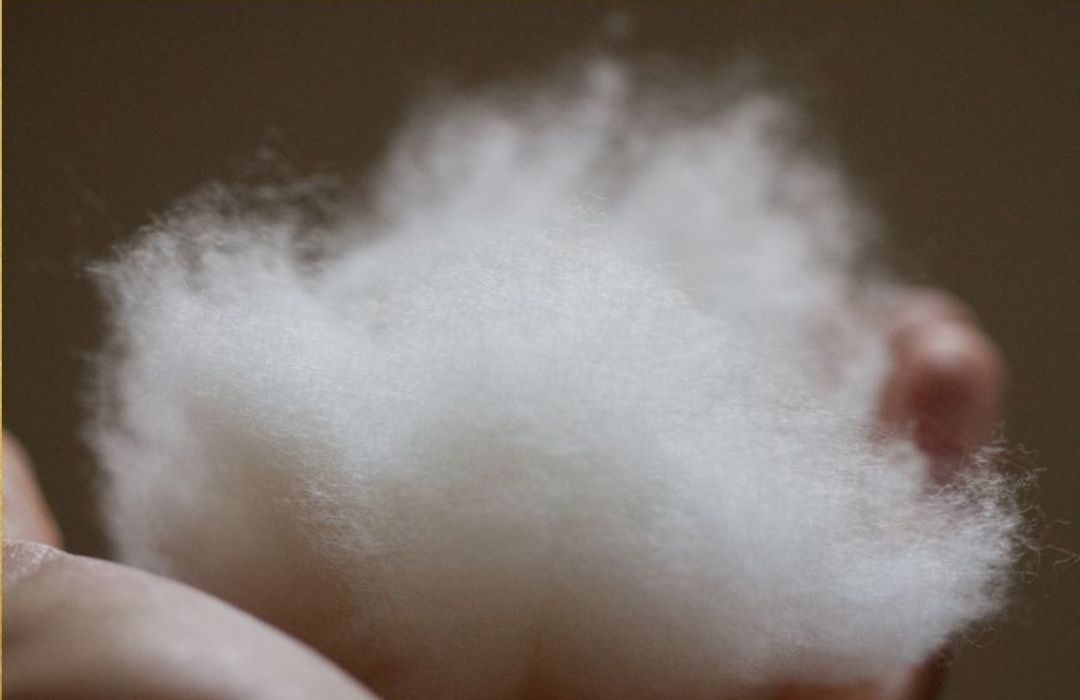How to Look After Your cashmere Garments and Keep Them Looking Like New
How to Look After Your cashmere Garments and Keep Them Looking Like New
Blog Article
Reasons You Must Need Cashmere a Natural Fiber for Convenience and Elegance in Everyday Wear
In the realm of fabrics, few fibers rival the high-end and convenience of cashmere. This unique product, recognized for its exceptional soft qualities and insulation, provides unequaled convenience and beauty for daily wear. What establishes it apart from other fibers? Exactly how does it influence the environment and how does it compare to synthetic options? Exactly how can one best use cashmere to boost their design? These intriguing questions lay the foundation for an informing expedition right into the world of cashmere.
Recognizing the Luxurious Nature of Cashmere

Evaluating the Convenience Element of Cashmere Clothes
What high qualities underscore the comfort element of cashmere garments? The softness of cashmere is the first high quality to consider. Its deluxe structure makes it really feel like a second skin, offering warmth without the weight or itchiness related to other woollen products. Cashmere's special fiber framework allows for breathability, regulating temperature and protecting against getting too hot. The product's adaptability and longevity guarantee that it molds against the body comfortably, keeping its form gradually. Cashmere's hypoallergenic properties also add to its comfort, making it a suitable selection for delicate skin. Lastly, the capability to layer cashmere pieces without bulkiness increases the convenience element. Basically, the comfort of cashmere is obtained from its soft qualities, breathability, durability, hypoallergenic nature, and flexibility.

The Environmental Impact and Sustainability of Cashmere
While the comfort and sophistication of cashmere are definitely attractive, it's just as essential to consider its connection with the environment. Cashmere production, mainly in Mongolia and China, involves increasing cashmere goats, which can considerably strain delicate grassland environments because of overgrazing. This can result in desertification, a pressing environmental worry. In addition, the processing of cashmere, entailing coloring and washing, can also add to water air pollution otherwise appropriately handled. Initiatives are being made to establish sustainable cashmere manufacturing approaches, such as rotational grazing and cleaner processing what material is cashmere strategies. While cashmere has environmental influences, its sustainability greatly depends on manufacturing techniques.
Contrasting Cashmere to Synthetic Fibers: A Cost-Benefit Analysis
Despite its environmental obstacles, cashmere provides a distinct set of advantages over artificial fibers. On the cost side, cashmere is undeniably more costly as a result of its labor-intensive manufacturing procedure. Yet, the advantages make it worth the investment. Cashmere's all-natural fibers provide exceptional gentleness and warmth, equating right into comfort that synthetic fibers struggle to match. Cashmere items are very resilient, promising longevity that offsets first expenses over time. Unlike synthetic fibers, cashmere doesn't add to microplastic air pollution, making it a much more sustainable selection. In contrast, artificial fibers, while less costly upfront, use much less comfort, have much shorter life-spans and position ecological problems. Thus, when examining cost-benefit, cashmere's premium high qualities make it a rewarding financial investment for everyday wear.
Designing Tips With Cashmere for Everyday Style
Having thought about the cost-benefit evaluation of cashmere contrasted to synthetic fibers, it comes to be clear why this luxurious material is a favored option for numerous. When styling cashmere for day-to-day beauty, simplicity is crucial. A cashmere sweatshirt, as an example, can be coupled with customized pants or a streamlined skirt for a trendy, put-together look - cashmere fibre. For a more informal set, a cashmere cardigan put on over a simple t-shirt and denims shows easy design. Accessories can further elevate the look: a statement locket or scarf can include a pop of shade to a neutral cashmere piece. Inevitably, the fundamental beauty of cashmere makes it a versatile enhancement to any type of wardrobe, effortlessly enhancing daily clothing with a touch of high-end.

Final Thought
In summary, the remarkable residential or commercial properties of cashmere make it a useful addition to any type of closet. Its extravagant feel, breathability, versatility, and convenience to differing temperature levels are exceptional. On top of that, cashmere's sustainability and lower ecological influence compared to synthetic fibers better improve its appeal. The timeless beauty of cashmere, combined with its flexibility, includes sophistication to everyday wear. Spending in cashmere garments is a rewarding decision for sustainability, style, and convenience.

Report this page